reviewed by Truman Perkins
With the advent and revamp of the education system, the classroom has become the area of exploring new horizons. New and more engaging activities are provided to the students in schools to make them learn more about the environment that is waiting outside for them. Not only academic but creative forte is established through these activities.
One of these innovative activities is enlightening students about nature by a one on one interaction with it. Science experiments using plants are well-known.
However, the best part for students is to be able to get hands-on practice and interplay between the students and nature. A practical and entertaining way to accomplish this is to grow bean plants in the classroom.
Beans are perfect for growing indoors, and one can see them sprout from a seedling giving the children all the amusement and excitement they need.
The most natural experiment which can also be performed with preschoolers is growing beans in a bag. The best seeds for this experiment are Pinto beans, Mung beans, Lentils, and Lima beans.
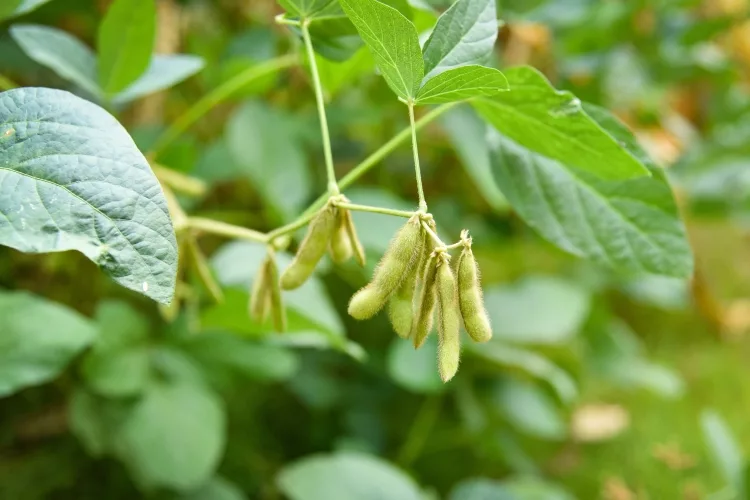
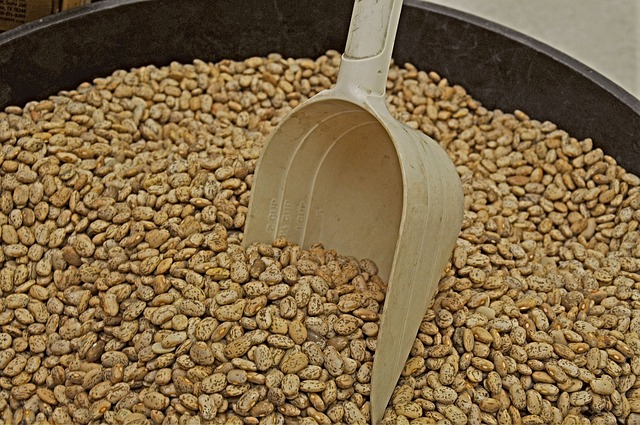
They are one of the fastest-growing beans, which makes it even better for growing in a classroom. Pinto beans are one of the most widely consumed staple foods in Northern Mexico and the US.
It takes around 90 days for Pinto beans to grow. A zip back is first tied to nails onto the window facing the sun directly.
Dried Pinto beans are then placed inside the bag with a wet or damp paper towel. After some days, we will see the beans sprouting.
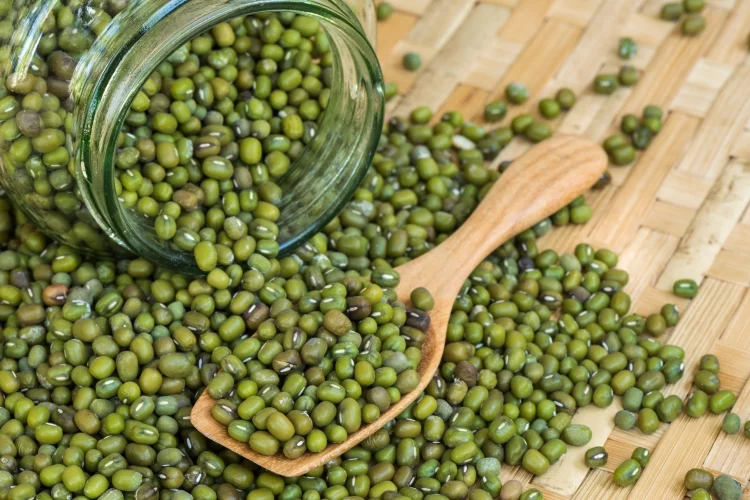
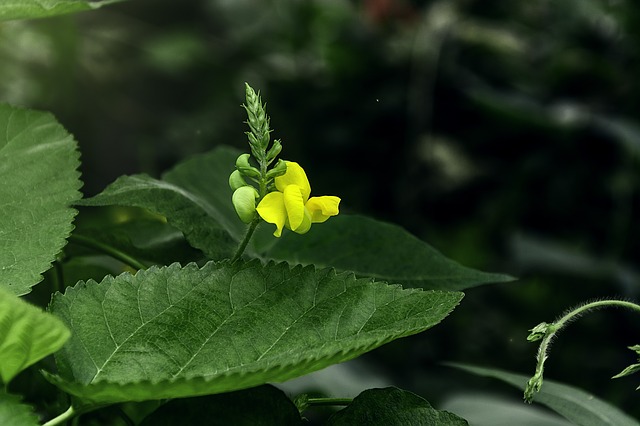
They are also known as green gram or moong, or maash is widely used in Southeast Asian households. The fascinating part about Mung bean is that it can be grown in a bag indoors. We can grow Mung beans in a hemp sprouting bag after soaking the seeds and prepping the bag for germination.
After putting the seeds in a wet bag, rinse and drain the bag at least twice or thrice in one day. With each rinse cycle, look for spouting of the seeds.
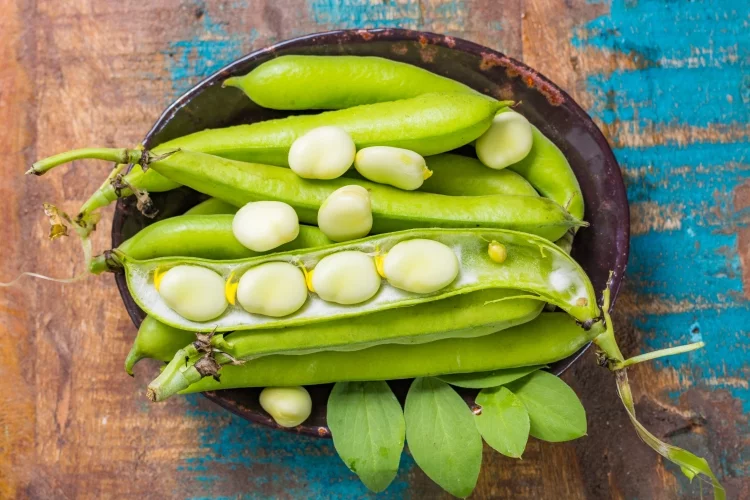
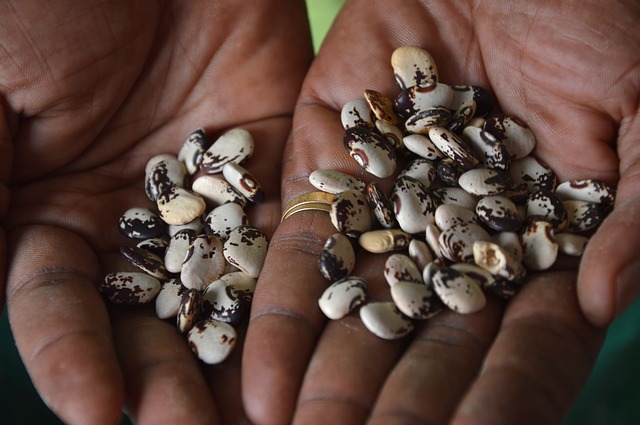
These can also be germinated in a bag in classrooms, and their progress will be a visual delight for the school children. The students can help participate in every step of the sprouting.
First of all, ask them to wet a paper towel. Then wrap some seeds in the middle of the damp cloth and cover the second time. Put the seeds wrapped in the towel in a transparent ziplock bag.
Now ask the children to find the right sunlight spot to place the container, facing the sunlight directly. Ask them to check on the beans every day to see sprouting and then harvest their efforts after about 60 days.
Also, Lima seeds are more abundant, which makes it easy for little hands to grasp them.
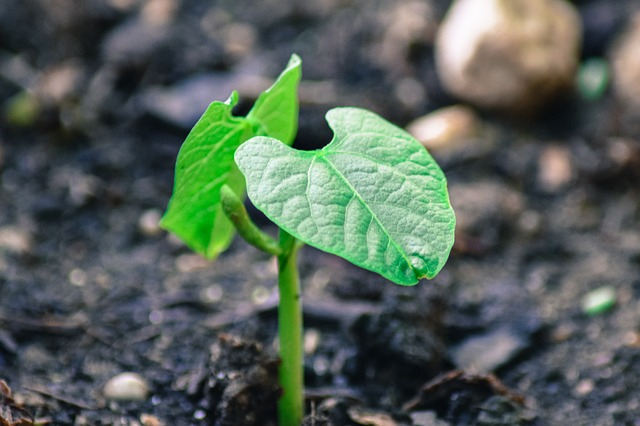
A bean that is best to grow for a science project is Snap Bush Green beans. They require warm climates. Seeds germinate in 4 to 10 days in a pot, which contains the right mix of soil and fertilizer.
After the seeds germinate, the students can take them home to plant in their gardens. This is a great way to help them care about nature, and they will feel as help in assisting mother nature.
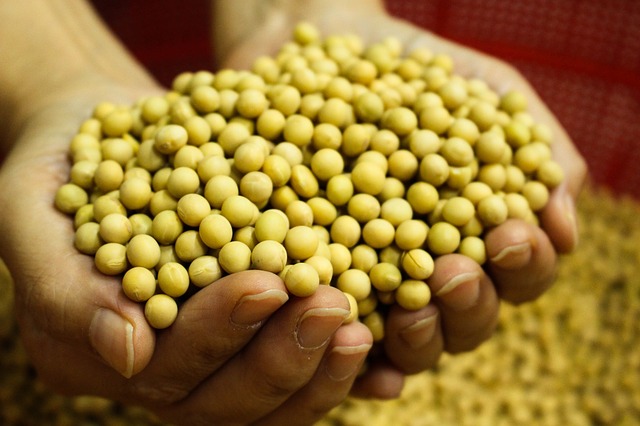
Yellow beans are an excellent choice for doing science projects. The seeds germinate in less than two weeks. But an interesting experiment can be carried out with the children.
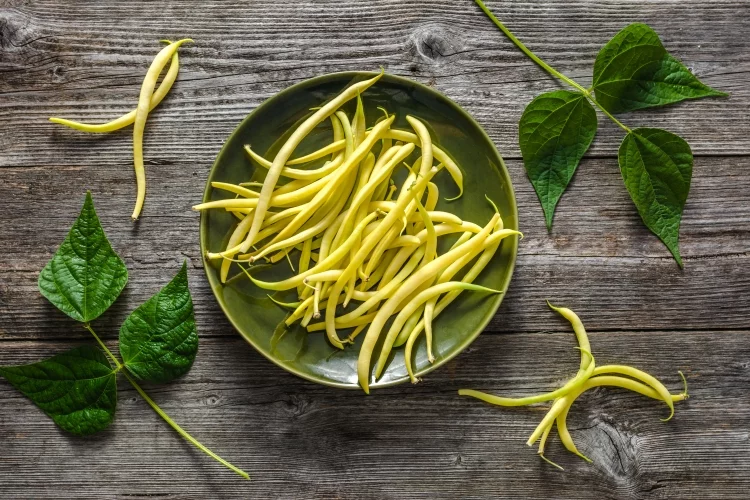
Divide the children into two groups. One responsible for bean seeds in sunlight and the other for darkness. Half the seeds are placed in a sunny spot while the other containers are covered with cardboard, so no light reaches them.
It is an excellent way of teaching young students that light plays a vital role in the germination of seeds and for overall plant growth.
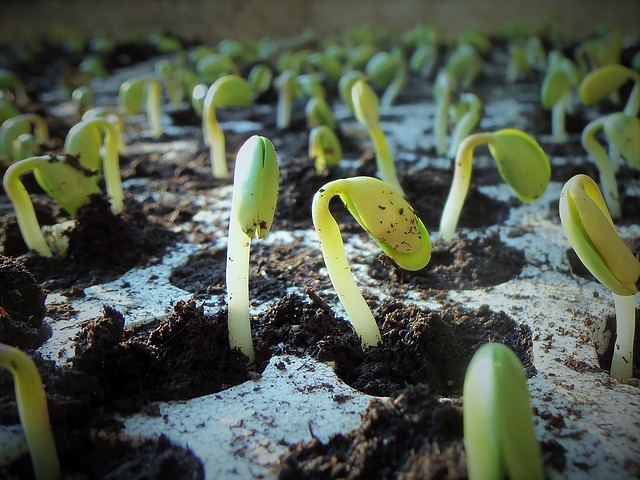
If the time is short, then Soybeans are the best variety to explain germination in a classroom. Small pots can be used for this in addition to bags, mix soil with fertilizer, and place the seeds in between.
Water thoroughly. The seeds germinate within 48 hours, and the radicle emerges from the seed. In the next 7 to 10 days, small cotyledons appear, which appear as leaves.
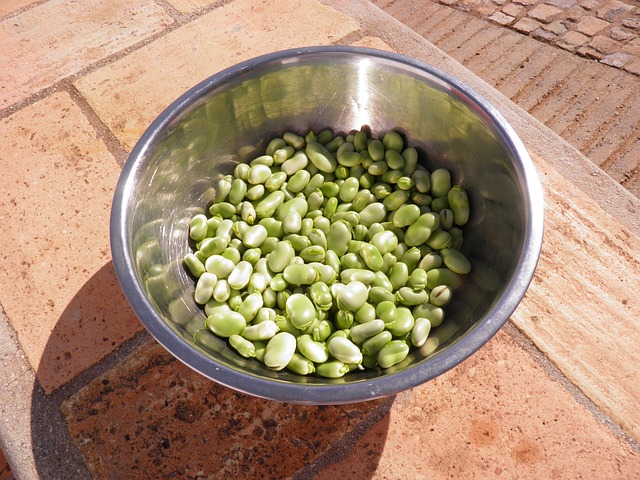
Another variety of Shell beans that can be grown in classrooms and science projects is Fava beans.
First, prepare a pot with soil and fertilizer and then place the bean seeds 4 to 5 inches apart from each other about 1 inch deep. Water thoroughly.
Germination time is 7 to 14 days. The students can see the emerging radicle from the seeds. It is better to use transparent glass containers for easy visibility.
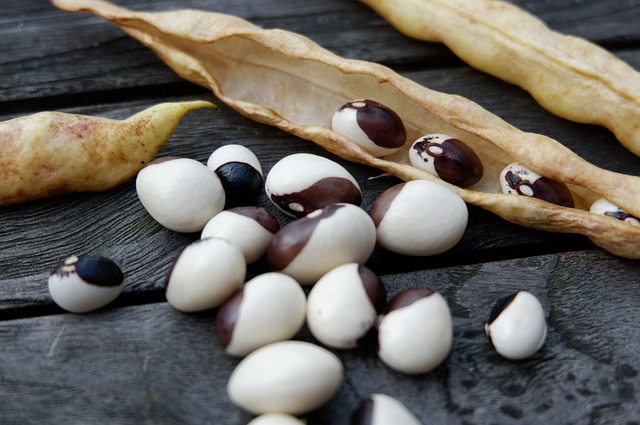
A fun and interactive experiment are to determine the germination rate of different seeds. We can take a transparent zip-lock bag. Make columns on the bag with a permanent marker.
Place a damp towel inside the container. Now ask the students to put different types of green beans inside the bag within each column, including Pole beans, Yardlong beans, and Runner beans.
Now place them in a spot with direct sunlight. After 5 to 7 days, check for germinating seeds. Ask the students to note which seeds sprout first, second, and third.
These experiments provide the student's opportunity to learn by understanding and seeing the results instead of cramming. It also instills in them the sense of leadership, and they consider themselves equal participants in every classroom project.
After the process of germination starts, the seedlings can also be given to students to take to their homes and care for them further.
10 High Oxygen Producing Aquarium Plants
Rice Water for Plants to Get Maximum Growth
How to Grow Leafy Vegetables in Pots at Home?
How to Attract Parrot to your Garden & Balcony?
 |
 |
 |
 |

About Truman Perkins
Truman Perkins is a Detroit-based SEO consultant who's been in the business for over a decade. He got his start helping friends and clients get their websites off the ground, and he continues to do so today. In his free time, Truman enjoys learning and writing about gardening - something he believes is a natural stress reliever. He lives with his wife, Jenny, and their twins in Detroit.
 |
 |
 |
 |
Check These Out
Get new FREE Gifts. Or latest free growing e-books from our latest works.
Disable Ad block to reveal all the links. Once done, hit a button below
 |
 |
 |
 |